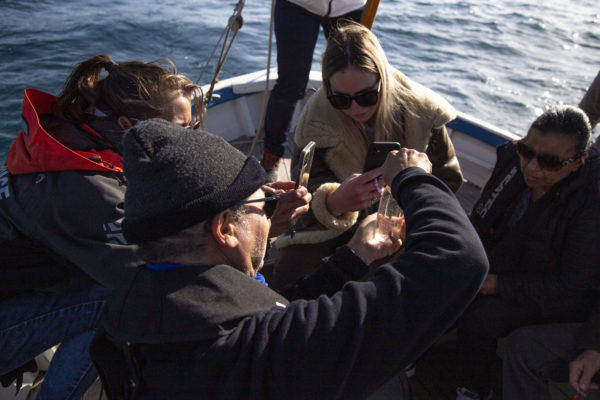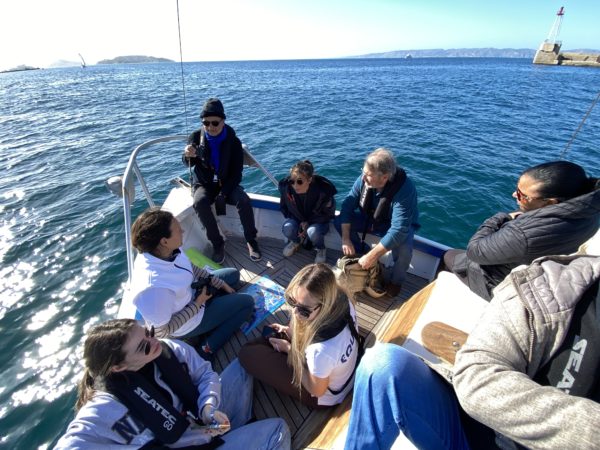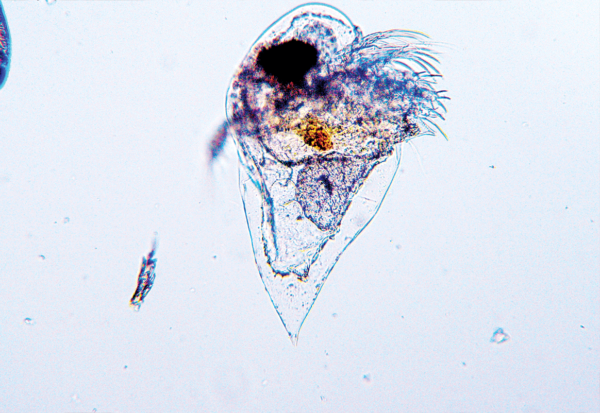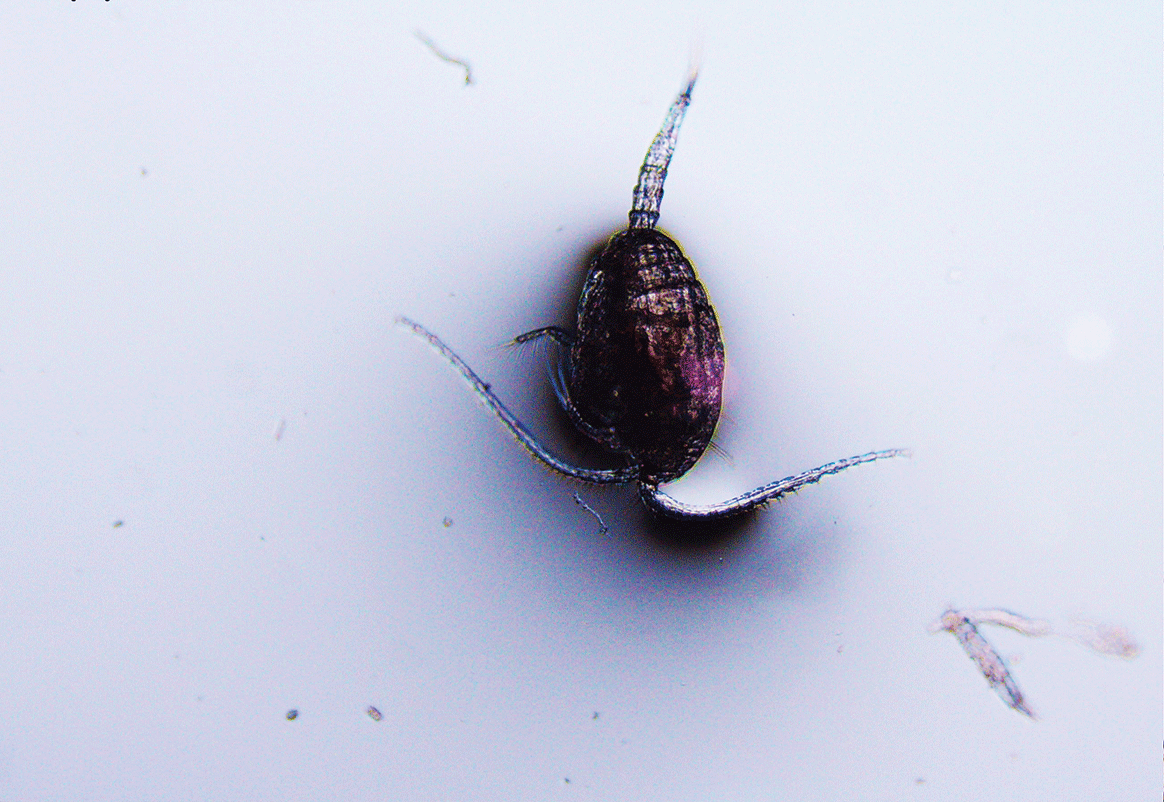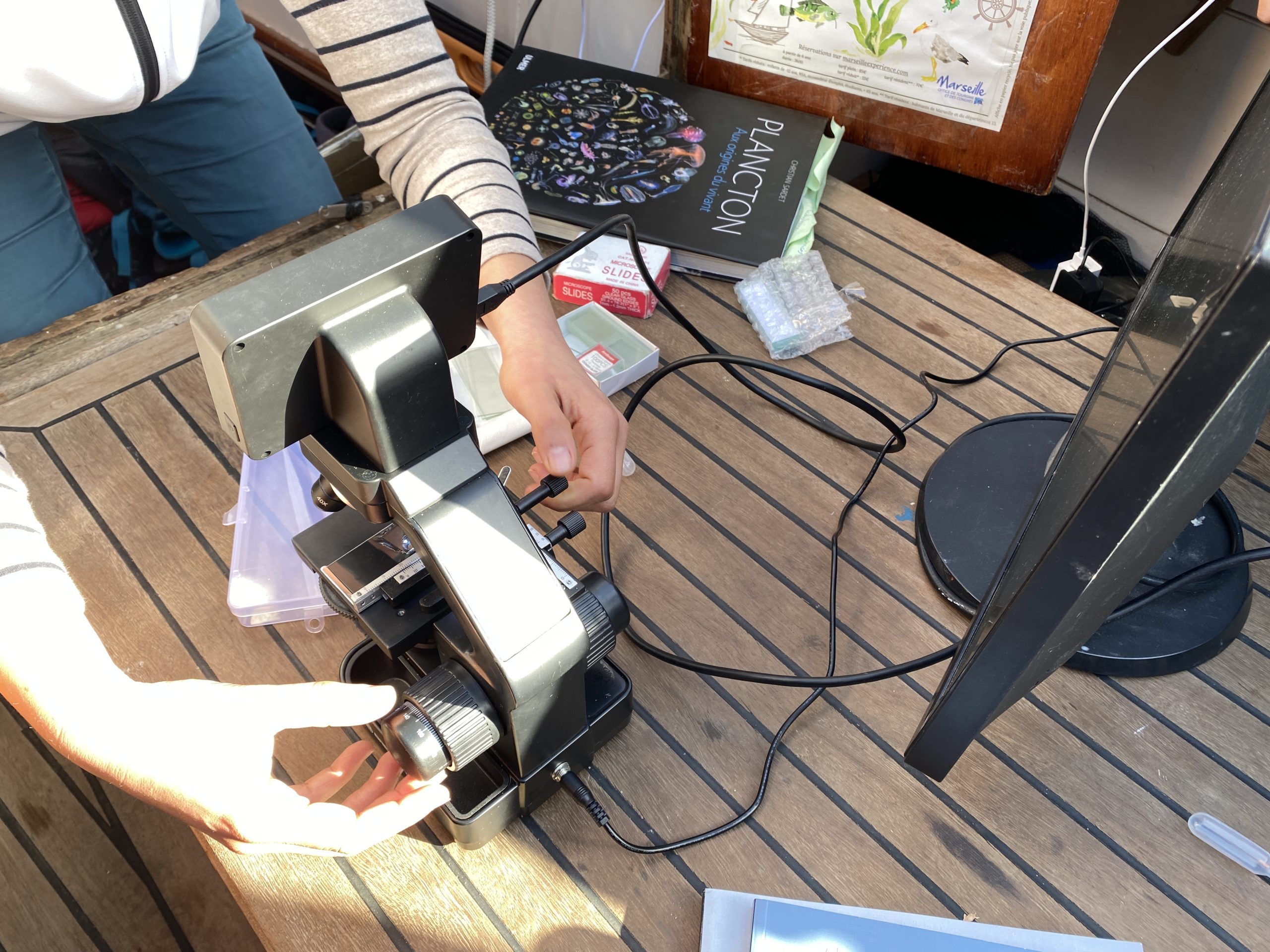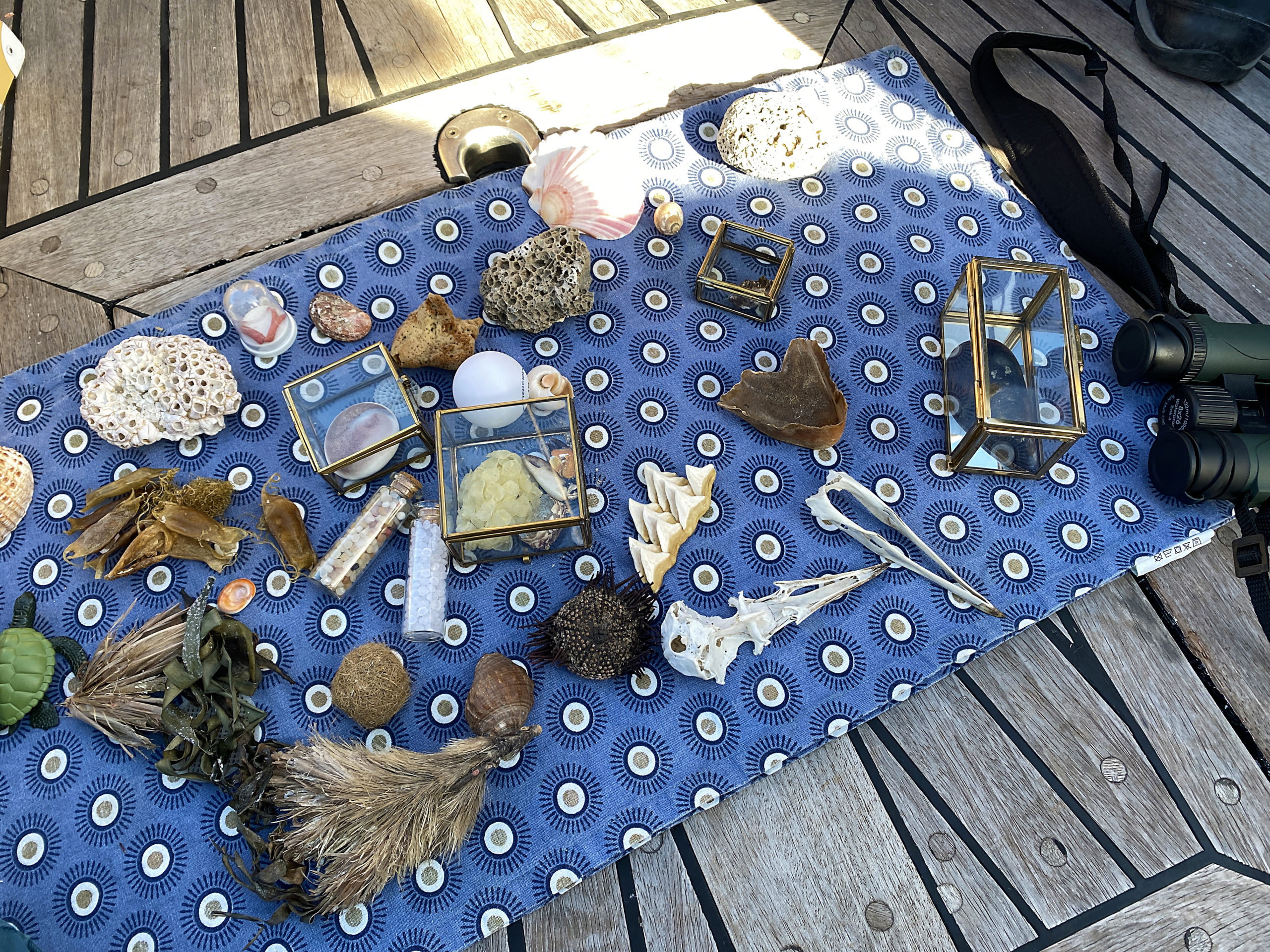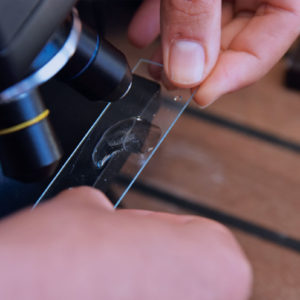Why are all these passengers coming to Coco this winter?
Because they expect to see their very first plankton! Above all in the support books as an introduction to the trip, followed by observation with the naked eye during net fishing in the open sea where everyone plays their role as a team member. Finally, with the help of a microscope equipped with a screen which will make this famous invisible world appear in a drop of sea water!
From the Old Port of Marseille, we leave with our 8 passengers on the pointu "Coco", a traditional Provençal boat from 1969. First, Fanny, captain, takes us for a morning tour of the harbor of Marseille, while Anjelika, environmental guide and speaker, accompanies the discovery of marine species and local heritage.
We observe the birds with binoculars (2 pairs on board, we are being equipped) We observe the fish using a wired camera under water We observe the plankton with the naked eye using a net that concentrates them, and using an LCD screen microscope. About thirty marine plant and animal species are also covered with educational materials, books and cabinets of curiosities.

In the program
9:00 a.m.
Welcome of passengers and introduction to the marine life that we will observe
9:30 a.m.
Visit of the Old Port by the sea, observations of the buildings and the cultural history of the city also fruit of the living.
10:00 a.m.
Leaving the port and observing the first birds
10:30 a.m.
Arrival at the place at the harvesting sea: laying the net and harvesting the plankton and first observations with the naked eye
11:00
Explanation of other species and marine diversity using educational materials including the curiosity box
11:30 a.m.
Arrival at the port, observation of the plankton under the microscope and filling in the educational notebooks
12:00 p.m.
End of the outing, debrief on the return of the participants, their expectations met, their projections, etc.



The interview with Fanny & Anjelika
By whom and how are visitors received?
Passengers are received by Coco, a fully restored 1969 pointu, and by her captain, who is also the owner of the ship.
Do you share local, Provençal know-how with visitors?
Knowledge of local biodiversity and remarkable and endemic species. The know-how of navigation in the bay of Marseille and traditional sailing. The know-how of the marine structure and the renovation of Vieux-Gréement
How do you promote the active participation of visitors?
The visitors taken as "team member" all play a given role in the plankton harvesting process and protocol. They also have the opportunity to learn how to steer the ship and observe birds and other marine species through binoculars. They can also fish floating waste
What do visitors discover/learn about Provence?
They conceive that the territory is linked to plankton resources. They make the link between the living world of birds, fish, posidonia and exceptional places (Vieux-Port, Friouls, Château If, Ile Degaby, artificial reefs) whose knowledge and legends they capture.
Do you favor local products & resources?
The ship was designed in the Var and restored by the Borg shipyard in Marseille. The electric motor is built in Vannes, the upholstery is created by a local craftswoman. The educational kit is designed with local specimens. The resources of Plankton Planet as well as the visual supports of the Park serve the pedagogy of the territory.
How is our offer unique?
We are Unique thanks to the harvesting and observation of plankton directly on the boat. Unique in the quality of the image under the microscope. Unique also because only experience at sea presents mid season and winter. Unique by its old and completely renovated wooden sailboat and electric 100%!
Plankton harvesting location
Launch of a participatory research project in the bay of Marseille













What is a planktoscope?
The planktoscop (https://www.planktoscope.org) is the result of an international research project on the collection of data related to plankton. Via a Raspberry Pi4 he coordinates the reception of flows of individuals, photographs, segments them into a multitude of units and recognizes them via the Eco Taxa databases
Why a planktoscope on Coco?
Plankton are part of a great diversity of species that are still little known. Their large-scale study through the accumulation and comparison of data can lead to the recognition of new species or prove a link with human activity.
What could be the scientific question?
Characterization of planktonic community dynamics in the Bay of Marseille
How are communities structured and what are the factors natural and anthropogenic who shapes them?
What can community structure tell us about the state of the ecosystem?









